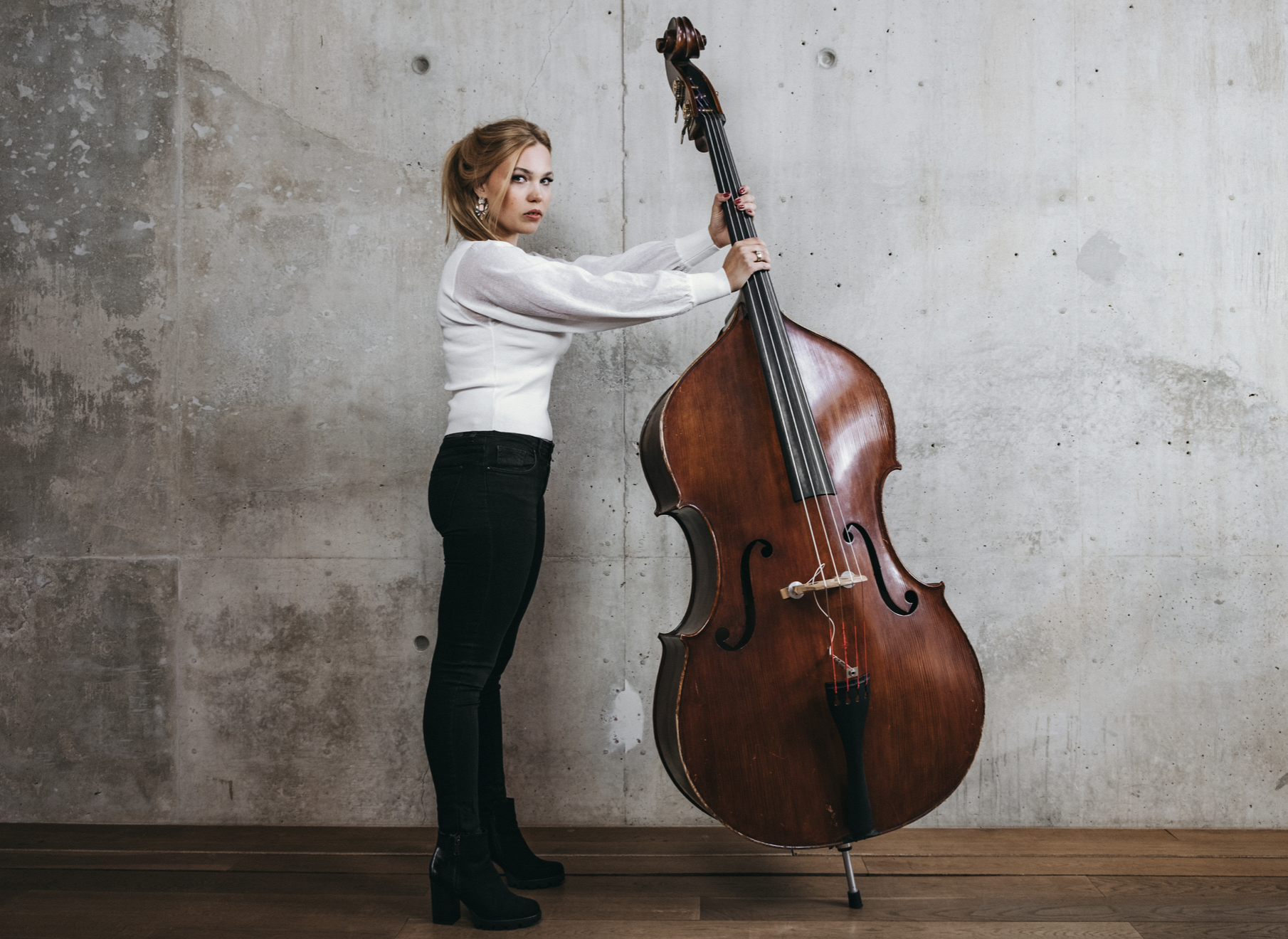
Double Bass With its profound, booming tones, the twofold bass has been a staple in ensembles and groups for many years. Double Bass Whether you’re a twofold bass understudy, track fan, or ensemble part, realities and examining the several betting techniques are essential for building up your exhibition and enthusiasm for this extraordinary instrument. We should find a couple of crucial twofold bass betting procedures that will assist you with blasting your melodic capacities.
Table of Contents
Introduction to the Double Bass
The double bass, the contrabass or upright bass, is the most important and lowest-pitched bowed string device within the current symphony orchestra. Its origins hint back to the 16th century when it evolved from the viol family, which recommended its layout and tuning. Over the years, the double bass has determined its location in various musical genres, from classical orchestras to jazz bands, highlighting its versatility and enduring significance.
What Makes the Double Bass Unique?

Deep, Resonant Sound: The double bass produces a wealthy, deep sound that gives intensity and concord to musical compositions.
Versatility: It may be played with a bow (arco) or by plucking the strings (pizzicato), making it suitable for numerous song patterns.
Crucial Role: In classical and contemporary music settings, the double bass offers the foundational assistance that harmonizes other instruments.
Key Historical Milestones
sixteenth Century: The evolution from the viol circle of relatives, influencing its layout and tuning.
Classical Era: Composers like Bach and Beethoven carried out the double bass to intensify symphonies.
Early twentieth Century: The double bass played an extensive role in music development, with musicians like Charles Mingus raising its prominence inside the style.
Essential Double Bass Playing Techniques
1. Bowing Techniques (Arco)
Bowing is fundamental in extracting the wealthy tones of the double bass. Key techniques encompass:
Detache: Smooth, related bow strokes that create a regular sound.
Legato: Long, sustained notes with minimum bow changes, growing a continuing float.
Staccato: Short, indifferent bow strokes for a crisp and articulate sound.
Spiccato: Bouncing the bow lightly off the strings for a moderate, percussive impact.
Marcato: Accentuated bow strokes that emphasize each study with a strong attack.
2. Pizzicato Techniques
Plucking the strings (pizzicato) is widespread in jazz and modern-day tracks. Key troubles consist of:
Classical Pizzicato: Using the index finger to pluck the string, generating a clean and resonant tone.
Jazz Pizzicato: Often consists of using more of the finger and hand to reap a fuller, rounder sound.
Slap Bass: A percussive approach where the string is plucked and allowed to snap back towards the fingerboard, developing a sharp, rhythmic sound.
3. Left-Hand Techniques

The left hand is liable for changing pitches and enhancing the expressiveness of your playing. Key techniques include:
Shifting: Moving the left hand quickly amongst positions to attain first-rate notes.
Vibrato: A mild oscillation of pitch created by rocking the left hand to and fro, adding warmth and emotion to the sound.
Double Stops: Playing notes simultaneously with the valuable resource of pressing down two strings simultaneously, including harmonic richness.
4. Harmonics
Harmonics produce ethereal, bell-like tones by gently touching the string at precise factors. There are types of harmonics:
Natural Harmonics: Produced through gently touching the string at nodal elements, together with one-1/2, one-0.33, or one-fourth of the string’s period.
Artificial Harmonics: Created by pressing the string firmly with one finger and gently touching it with a different finger a fourth above, then plucking or bowing the string.
Conclusion
Mastering the double bass techniques can open up new dimensions for your gambling, whether or no longer you are contributing to the rich textures of an orchestra or laying down the groove in a jazz ensemble. Understanding and practicing those techniques will beautify your skill set and deepen your appreciation for this beautiful device.
If you are eager to refine your double bass playing and discover its full ability, remember to book a session with one of our expert teachers. They’ll offer customized steering to help you excel on your musical adventure.
FAQs
1. What is the pleasant manner to keep the bow for gambling the double bass?
To hold the bow efficaciously, ensure that your proper hand paperwork has a relaxed curve, with the thumb placed at the component of the frog and the arms unfolding quickly. This grip offers you more management and allows you to produce a smoother sound.
2. How regularly must I exercise to enhance my double bass competencies?
Consistency is high when gaining knowledge of a device. Aim to exercise at least 1/2 hour daily, focusing on precise strategies and bodily games. Setting particular dreams for each exercise consultation can help you make the most of it sluggish.
3. Can I use a conventional violin bow for the double bass?
While it is technically possible to use a violin bow, it is not advocated. The double bass requires an especially designed bow that is heavier and longer to offer its unique sound and accommodate its string thickness.
4. What are some unusual disturbing situations beginners face with the double bass?
Beginners regularly struggle to preserve proper posture, coordinate the left and right palms, and generate a clean, resonant sound. Patience and regular workouts are essential for overcoming those challenges.
5. Is it necessary to learn track precept to play the double bass?
While no longer strictly critical, having a fundamental knowledge of track principles can drastically improve your playing. It permits you to examine sheet music, recognize harmonies, and improvise more effectively.






